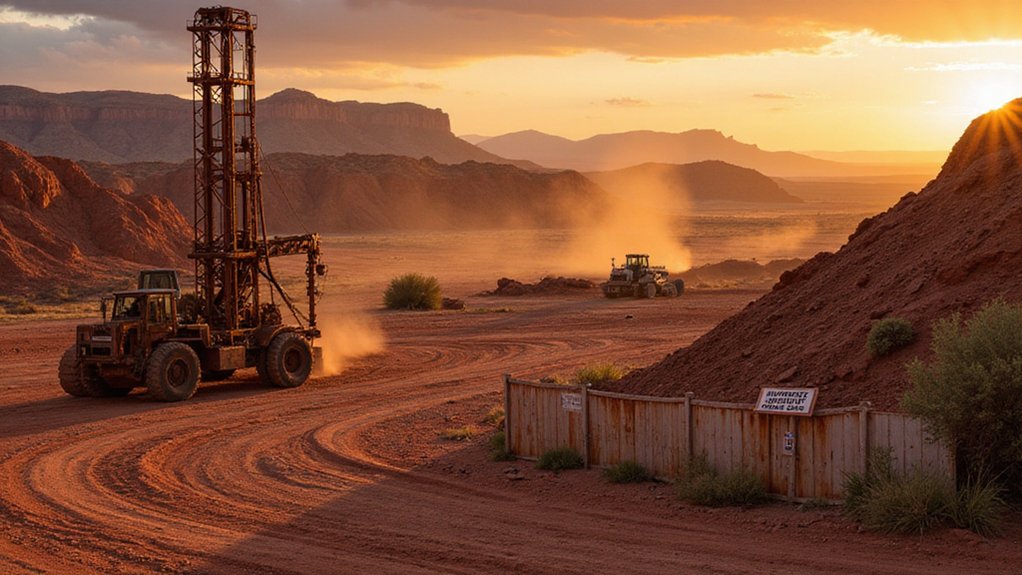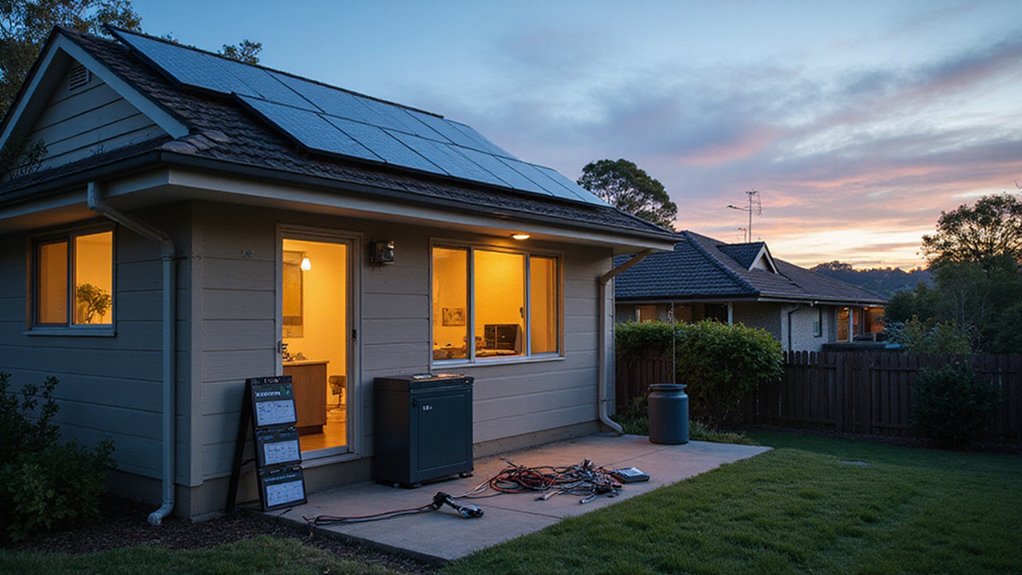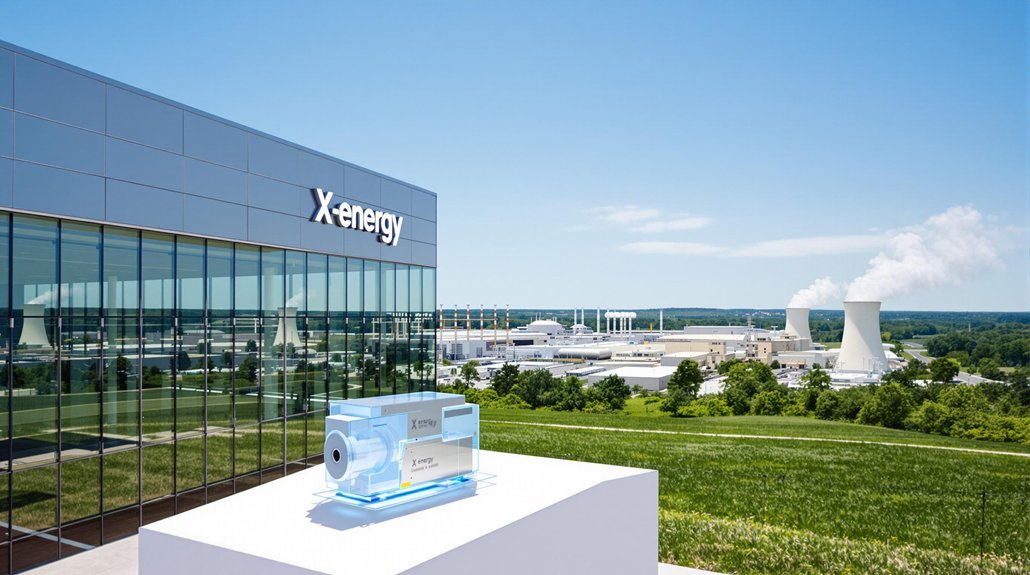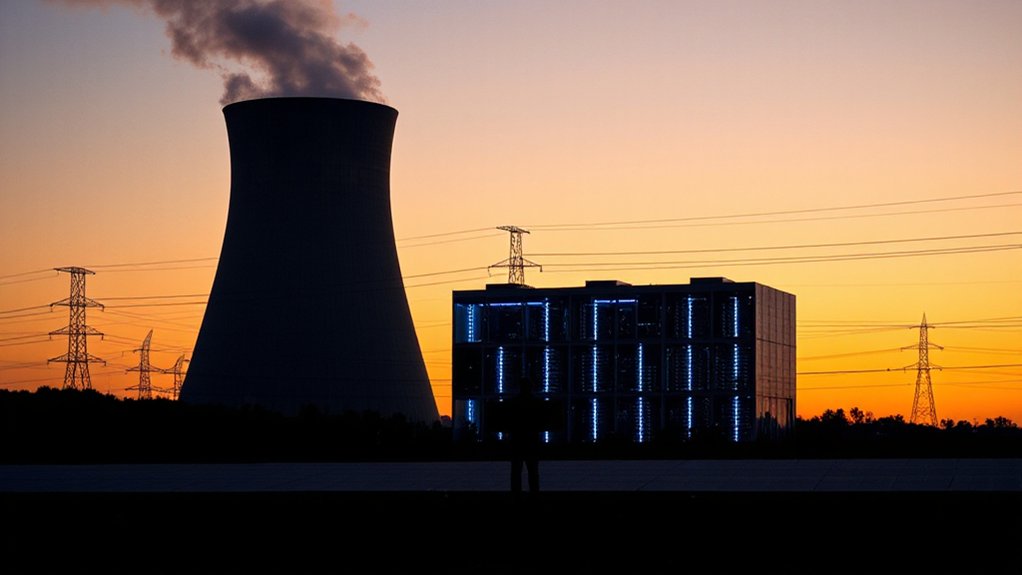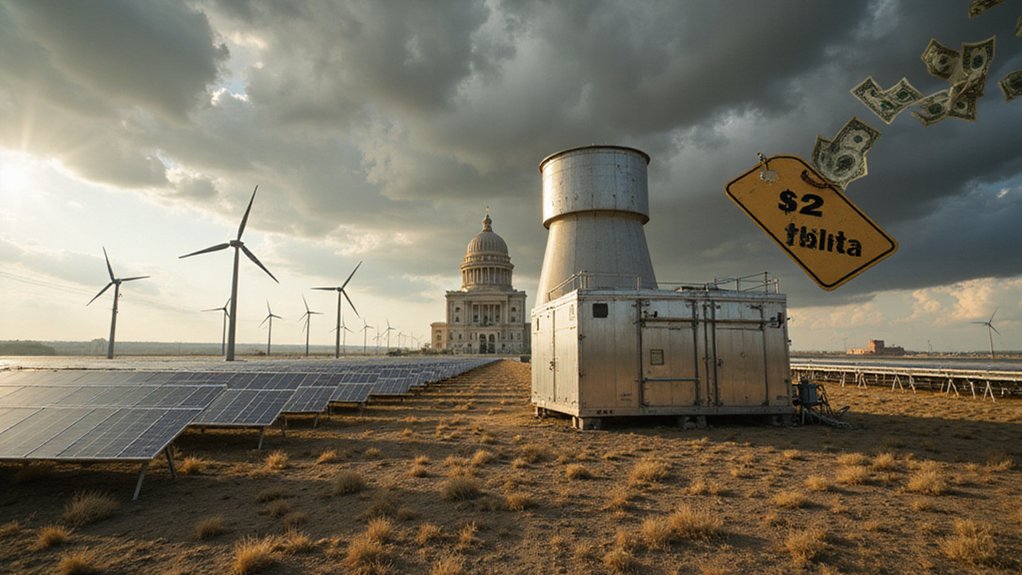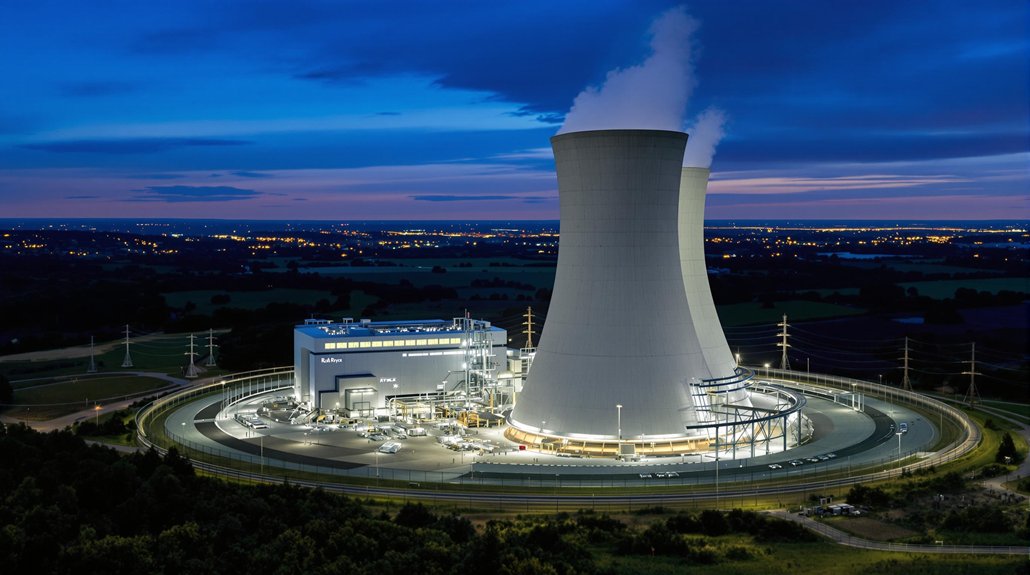While most environmental reviews take a year, the Trump administration just greenlit Utah’s newest uranium mine in 14 days flat. Anfield Energy‘s Velvet-Wood project in San Juan County got its stamp of approval on May 23, 2025, becoming the first mine permitted under Trump’s emergency fast-track process. The company filed its plan on April 1. Seven weeks later, they’re ready to dig.
The Bureau of Land Management wrapped up what’s typically a year-long environmental assessment in two weeks. No public comment period. No standard safeguards. Just rubber-stamped and ready to roll. Interior Secretary Doug Burgum called it “a turning point in how we secure America’s mineral future.” Translation: national security trumps everything else.
The mine will extract uranium for nuclear energy and weapons, plus vanadium for batteries. Located at an old mining site, Velvet-Wood represents the revival of uranium extraction in a region still scarred by its radioactive past. The administration frames this as reducing dependence on foreign adversaries for critical minerals. Fair enough. But the speed is what’s raising eyebrows.
Critics aren’t buying the rush job. They’re worried about water contamination, radioactive tailings that stay toxic for decades, and ecosystem damage. Uranium decays to radium, which releases radon gas – a known carcinogen. These aren’t theoretical concerns. They’re based on decades of cleanup efforts from previous mining operations throughout the American West. The mine will also reopen a mill to process the extracted ore, adding another layer of potential contamination to the area. Much like rising sea levels are transforming coastal forests into ghost forests, uranium mining threatens to permanently alter the local ecosystem.
The White Mesa community has seen this movie before. Tribal members report their ancestors’ remains were “desecrated” when uranium facilities went up in the area. Now they’re wary of using spring water and vegetation for ceremonies. Some fear the effects on air quality from radon and radioactivity spreading through their land. Utah already battles environmental hazards like arsenic dust, and residents worry this mine will compound their health risks.
Utah hosts the country’s last conventional uranium mill, making it ground zero for America’s nuclear ambitions. The Velvet-Wood approval signals a dramatic shift from Biden-era environmental protections. Whether this gamble pays off or adds another contaminated site to the West’s uranium legacy remains to be seen.
For now, the bulldozers are warming up while communities downstream hold their breath.
References
- https://www.doi.gov/pressreleases/interior-department-approves-utah-uranium-vanadium-mine-strengthen-us-mineral
- https://www.ehn.org/uranium-mining-project-in-utah-avoids-standard-environmental-review-process
- https://www.mining.com/web/us-approves-utah-uranium-mine-after-two-week-environmental-review/
- https://www.healutah.org/ourwork/radioactivewaste/
- https://climate.mit.edu/posts/utah-has-last-conventional-uranium-mill-country-what-does-it-do
